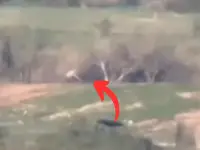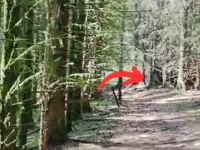These are the creepiest creatures from Eastern European folklore. Eastern Europe is home to some of the creepiest creatures in folklore. Elves, beasts, monsters and spirits are said to haunt the forests and homes in this part of the world. While some will make your skin crawl, others will hypnotize you with their beauty. Many of the famous creatures that dominate Eastern Europe’s folklore linger from a time before Christian missionaries arrived. Take a look at the 10 creepiest creatures from Eastern European folklore.
10. Bannik
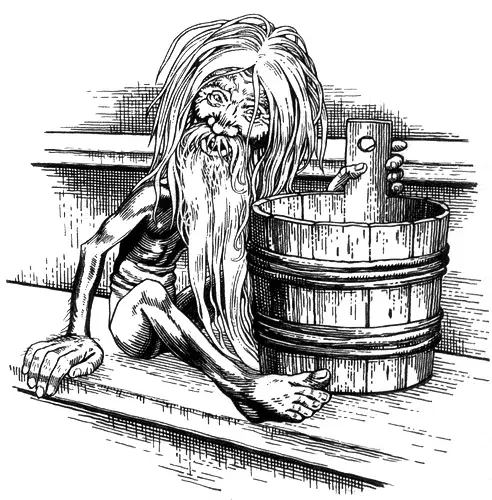
Bannik is perhaps the most recognizable of all of Eastern Europe’s folk creatures. In fact, Bannik is weaved into many of the most common traditions of Eastern European life.
He is a highly mischievous spirit with a notorious reputation for causing trouble for both men and women. Often depicted as an old man with long, sharp claws, he supposedly hangs out in the banya steam baths that are common throughout Eastern Europe. In fact, visitors at the baths often leave behind offerings of soap for Bannik.
Legend says that Bannik possesses the power to predict the future. Bannik would deliver a soft touch to a person’s back if their future looked good. Those with troublesome futures would receive the sharp sting of Bannik’s claw instead.
Women in Eastern Europe often used the banya when birthing. A midwife would be tasked with keeping Bannik away during delivery. In addition, many Eastern European couples used the banya to take steam baths as part of their wedding ritual. Weddings guests would often throw pottery and rocks at the walls inside the banya as a way to keep Bannik away to protect couples.
9. Baba Yaga
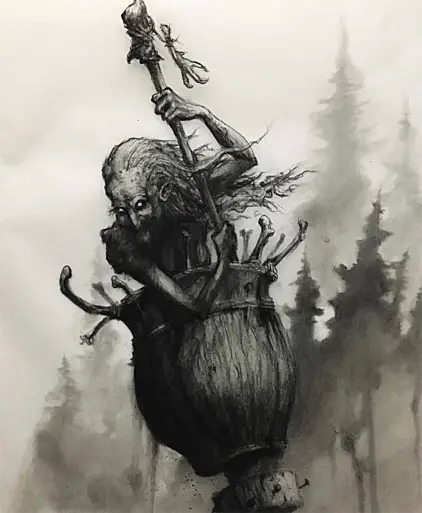
All voyagers in Eastern Europe have heard of Baba Yaga. Have some actually seen or heard her in person? It depends on who you ask. One thing that is especially interesting about Baba Yaga is that this creature has no counterparts in the mythologies of other cultures. She is totally unique to Eastern Europe.
Baba Yaga appears as a witch-like woman with long, spindly legs and a large nose. She bestows blessings and curses on travelers based on how she is feeling. She’s often depicted flying around in a wooden bucket looking for children to snatch. She abducts kids and cooks them in a big pot in her house.
Her home is a small hut that is propped up with chicken legs at the bottom. She is often pictured holding a mortar and pestle. She also carries a broom that is used to sweep away any tracks that she makes. That means you’ll need some good luck if you plan to hunt her down!
8. Strigoi

You wouldn’t want to come across a strigoi while strolling through a European village with nothing but the dying flicker of a candle wick in your hands.
A strigoi is a ghoulish creature that looks and acts very much like a vampire. This creature supposedly roams the Romanian countryside spreading death and destruction. Some versions of the strigoi are actually corpses that have escaped the grave.
There is no doubt that this figure emerged during a time when death and disease were commonplace in the villages throughout Eastern Europe. However, many people claim to this day that they have encountered the mysterious strigoi while venturing outside after dark in towns and forests throughout this portion of Europe.
7. Perun

What did people in Eastern Europe worship and fear before Christianity made its way through the land? A certain god of thunder and war seemed to be at the top of the food chain throughout most of the region during the pre-Christian era. Perun is one of the oldest and most mysterious entities from Eastern European folklore. His identity is quite similar to the gods that are found in cultures throughout Greece, Rome and the rest of the ancient world.
Perun is essentially a thunder god. However, some Slavic texts portray him to be a god of all things. He rode along on a chariot and used a catalog of powerful mythical weapons during his time as the main ruler of the supernatural realm in Eastern Europe. He is commonly depicted as a strong bearded man wielding a weapon in books and art. While Perun is still celebrated by some people during the month of July, his power all but evaporated once Christian missionaries spread throughout Europe.
6. Kikimora
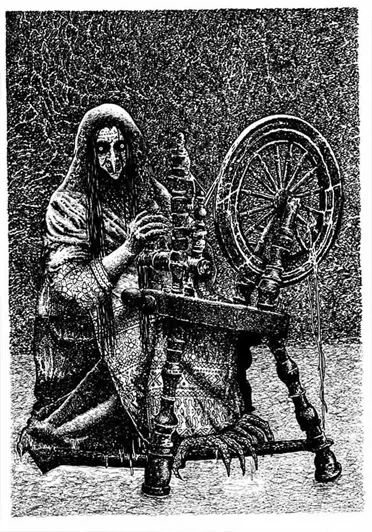
You might want to take a peek behind some of the corners and crevices in your house after you read about this next creature. Almost everyone of Polish or Russian descent grew up hearing tales of Kikimora. She is an evil household spirit who takes up residence behind a stove or in a cellar. Her objective seems to be stealing food. Most accounts paint her as a witch or the spirit of a deceased person who once lived in a house. Others say that she enters a home through a keyhole and attempts to strangle people as they sleep in their beds.
Ancient Russians attributed the phenomenon of sleep paralysis to Kikimora. There were specific ways to banish this spirit. Residents of a home would need to say elaborate prayers or position brooms outside their bedroom doors. Children in Poland often made the sign of the cross over their pillows as a way to keep her away.
Not all stories associated with Kikimora are bad. Many people say that she enjoys taking care of household chores or tending to animals when she likes a household. However, she has been known to break a few plates.
Continue Reading on Next Page:

